Home>Renovation & DIY>Home Renovation Guides>What Counts As Home Improvement For Tax Purposes


Home Renovation Guides
What Counts As Home Improvement For Tax Purposes
Published: December 22, 2023
Learn what qualifies as home improvement for tax purposes with our comprehensive home renovation guides. Maximize your tax benefits and understand the rules for claiming deductions.
(Many of the links in this article redirect to a specific reviewed product. Your purchase of these products through affiliate links helps to generate commission for Storables.com, at no extra cost. Learn more)
Introduction
Welcome to the world of home improvement! Whether you're renovating your living space to enhance its functionality, aesthetics, or energy efficiency, the journey of home improvement is an exciting endeavor. From revamping your kitchen to upgrading your bathroom or adding a cozy deck, the possibilities are endless. However, beyond the joy of creating your dream home, it's crucial to understand the tax implications associated with these endeavors. In this comprehensive guide, we will delve into the realm of home improvement for tax purposes, shedding light on what qualifies as a deductible expense and how you can make the most of tax benefits while enhancing your living space. Let's embark on this enlightening exploration together, unraveling the intricacies of home improvement and its intersection with tax deductions.
Key Takeaways:
- Home improvement expenses like energy-efficient upgrades and medical necessity modifications may qualify for tax deductions, offering potential financial benefits for homeowners.
- Regular maintenance, cosmetic enhancements, and personal use items typically do not qualify for tax deductions, so homeowners should plan and budget accordingly.
Understanding Home Improvement
Home improvement encompasses a broad spectrum of activities aimed at enhancing the functionality, aesthetics, and value of a residential property. This can include renovations, repairs, additions, or upgrades that contribute to the overall improvement of the home. From essential repairs such as fixing a leaky roof or replacing worn-out flooring to ambitious projects like adding a new room or installing energy-efficient windows, home improvement endeavors come in various forms and scales.
It’s important to distinguish home improvement from regular maintenance. While the former involves substantial alterations that elevate the property’s quality, the latter typically refers to routine tasks aimed at preserving the existing condition of the home, such as repainting walls, fixing minor leaks, or replacing damaged fixtures.
Furthermore, home improvement projects can be categorized into interior and exterior enhancements. Interior renovations often revolve around upgrading kitchens, bathrooms, flooring, and fixtures, while exterior improvements may include landscaping, adding a deck or patio, or installing a new roof. Understanding the diverse facets of home improvement is crucial for determining which expenses may qualify for tax deductions and how to navigate the tax implications of these investments.
Qualifying Home Improvement Expenses
When it comes to tax deductions for home improvement, it’s essential to discern which expenses are eligible for potential tax benefits. Generally, qualifying home improvement expenses are those that substantially enhance the value, efficiency, or longevity of your home. These may include:
- Energy-Efficient Upgrades: Expenses related to installing energy-efficient systems or appliances, such as solar panels, energy-efficient windows, insulation, or high-efficiency heating and cooling systems, often qualify for tax credits or deductions. These upgrades not only contribute to environmental sustainability but also offer financial incentives through tax benefits.
- Accessibility Modifications: Costs associated with making the home more accessible for individuals with disabilities or mobility challenges, such as installing wheelchair ramps, grab bars, or widening doorways, may be eligible for tax deductions under certain circumstances.
- Home Office Renovations: If you use a specific area of your home regularly and exclusively for business purposes, expenses related to renovating or improving this space, such as adding built-in storage or upgrading lighting and electrical systems, might qualify for tax deductions based on the portion of your home used for business.
- Medical Necessity Modifications: Certain home improvements made for medical reasons, prescribed by a doctor, may be eligible for tax deductions. These modifications could include installing medical equipment, such as air filtration systems, or making structural changes to accommodate medical needs.
- Capital Improvements: Expenses related to significant structural changes or permanent improvements that increase the value of your home, such as adding a room, renovating a kitchen, or installing a swimming pool, may qualify for tax benefits. It’s important to keep detailed records and receipts for these capital improvements to substantiate their impact on the property’s value.
Understanding the specific criteria and regulations governing each type of qualifying expense is paramount for maximizing potential tax deductions while undertaking home improvement projects. By carefully documenting these expenses and consulting with tax professionals, homeowners can navigate the complexities of tax deductions associated with home improvements effectively.
Some examples of home improvements that may be eligible for tax purposes include adding a new roof, installing energy-efficient windows, or upgrading the heating and cooling system. Always consult with a tax professional for specific guidance.
Non-Qualifying Home Improvement Expenses
While numerous home improvement expenses may offer tax benefits, it’s equally important to recognize the expenditures that typically do not qualify for tax deductions. Understanding these non-qualifying expenses can help homeowners manage their expectations and financial planning effectively. Some common non-qualifying home improvement expenses include:
- Regular Maintenance: Routine maintenance tasks, such as painting interior walls, fixing minor leaks, or replacing worn-out fixtures, are generally considered part of homeownership responsibilities and are not eligible for tax deductions. These activities are aimed at preserving the current condition of the property rather than significantly enhancing its value or efficiency.
- Cosmetic Enhancements: Expenses related to purely cosmetic upgrades, such as interior decorating, new furniture, or aesthetic enhancements that do not contribute to the structural integrity or energy efficiency of the home, typically do not qualify for tax deductions. While these enhancements may enhance the visual appeal of the property, they are not considered eligible for tax benefits.
- Landscaping and Driveway Repairs: While enhancing the curb appeal of a home is desirable, expenses related to purely aesthetic landscaping or driveway repairs without a substantial functional or structural impact are generally non-qualifying for tax deductions. However, landscaping projects that involve environmentally friendly elements or contribute to energy efficiency, such as the installation of water-saving irrigation systems, may be eligible for tax benefits.
- Home Improvements in Rental Properties: If the home improvement expenses are incurred for a rental property rather than a primary residence, they may not qualify for the same tax benefits. Different tax regulations and considerations apply to investment properties, and homeowners should seek specific guidance in such cases.
- Personal Use Items: Costs associated with personal use items, such as home gym equipment, spa installations, or luxury amenities primarily for personal enjoyment rather than for the improvement of the property’s value or efficiency, are generally non-qualifying for tax deductions.
By understanding the delineation between qualifying and non-qualifying home improvement expenses, homeowners can make informed decisions regarding their renovation projects and optimize their tax planning strategies accordingly. While certain expenses may not offer immediate tax benefits, they still contribute to the overall comfort and appeal of the home, enriching the living experience for the homeowners and their families.
Tax Deductions for Home Improvement
Exploring the realm of tax deductions for home improvement unveils potential financial benefits for homeowners who undertake qualifying renovation projects. Understanding the intricacies of these deductions can empower individuals to make informed decisions and maximize their tax savings. Here are some key considerations regarding tax deductions for home improvement:
- Energy-Efficient Tax Credits: Homeowners investing in energy-efficient upgrades, such as solar panels, geothermal heat pumps, or energy-efficient windows and doors, may be eligible for federal tax credits. These credits can directly reduce the amount of tax owed, providing financial incentives for environmentally conscious home improvements.
- Medical Expense Deductions: Certain home modifications made for medical necessity, prescribed by a licensed healthcare professional, may qualify as deductible medical expenses. This includes expenses related to installing medically necessary equipment or making structural changes to accommodate medical needs. However, these deductions are subject to specific criteria outlined in the Internal Revenue Service (IRS) guidelines.
- Home Office Tax Deductions: Individuals operating a business from their homes may be eligible to deduct expenses related to home office renovations or improvements. This deduction is based on the portion of the home used exclusively for business purposes and requires adherence to IRS guidelines for home office deductions.
- Casualty Loss Deductions: In the unfortunate event of a casualty, such as a natural disaster or unexpected damage to the home, homeowners may qualify for casualty loss deductions. These deductions can apply to the cost of repairs or renovations necessary to restore the property to its pre-damaged condition, subject to specific IRS regulations.
- Capital Improvement Depreciation: Certain capital improvements, such as significant renovations or structural enhancements, can be depreciated over time for tax purposes. This allows homeowners to allocate the cost of these improvements over their useful life, potentially reducing taxable income in the year of the improvement and subsequent years.
It’s important for homeowners to keep meticulous records of all qualifying home improvement expenses, including receipts, contracts, and documentation of the improvements’ impact on the property. Consulting with tax professionals or certified public accountants can provide valuable insights into maximizing tax benefits and ensuring compliance with relevant tax regulations.
By leveraging available tax deductions and credits for home improvement, homeowners can not only enhance their living spaces but also optimize their financial outcomes, making the most of their investment in creating a comfortable, efficient, and valuable home.
Conclusion
Embarking on home improvement projects is a transformative journey that not only enhances the comfort and functionality of your living space but also offers potential tax benefits. By understanding the nuances of home improvement for tax purposes, homeowners can navigate the complexities of tax deductions and leverage opportunities to optimize their financial outcomes. From energy-efficient upgrades and accessibility modifications to home office renovations and medical necessity modifications, qualifying home improvement expenses can unlock valuable tax credits and deductions.
However, it’s equally important to recognize the limitations and non-qualifying expenses that may not offer immediate tax benefits. Regular maintenance, cosmetic enhancements, and personal use items are among the expenditures that typically do not qualify for tax deductions. By discerning between qualifying and non-qualifying expenses, homeowners can make informed decisions and manage their tax planning effectively.
Maximizing tax benefits for home improvement entails meticulous record-keeping, adherence to IRS guidelines, and, in some cases, professional tax advice. Whether it’s capitalizing on energy-efficient tax credits, leveraging home office deductions, or navigating casualty loss deductions, homeowners can optimize their tax savings while investing in their homes.
Ultimately, the intersection of home improvement and tax deductions offers a compelling opportunity to create a more comfortable, sustainable, and valuable living environment while potentially reducing tax liabilities. By staying informed, proactive, and strategic in their approach to home improvement, homeowners can reap the rewards of both a transformed living space and optimized tax outcomes.
As you embark on your home improvement endeavors, may this guide serve as a valuable resource in unraveling the intricacies of tax deductions and empowering you to make informed decisions that enrich your home and your financial well-being.
Frequently Asked Questions about What Counts As Home Improvement For Tax Purposes
Was this page helpful?
At Storables.com, we guarantee accurate and reliable information. Our content, validated by Expert Board Contributors, is crafted following stringent Editorial Policies. We're committed to providing you with well-researched, expert-backed insights for all your informational needs.

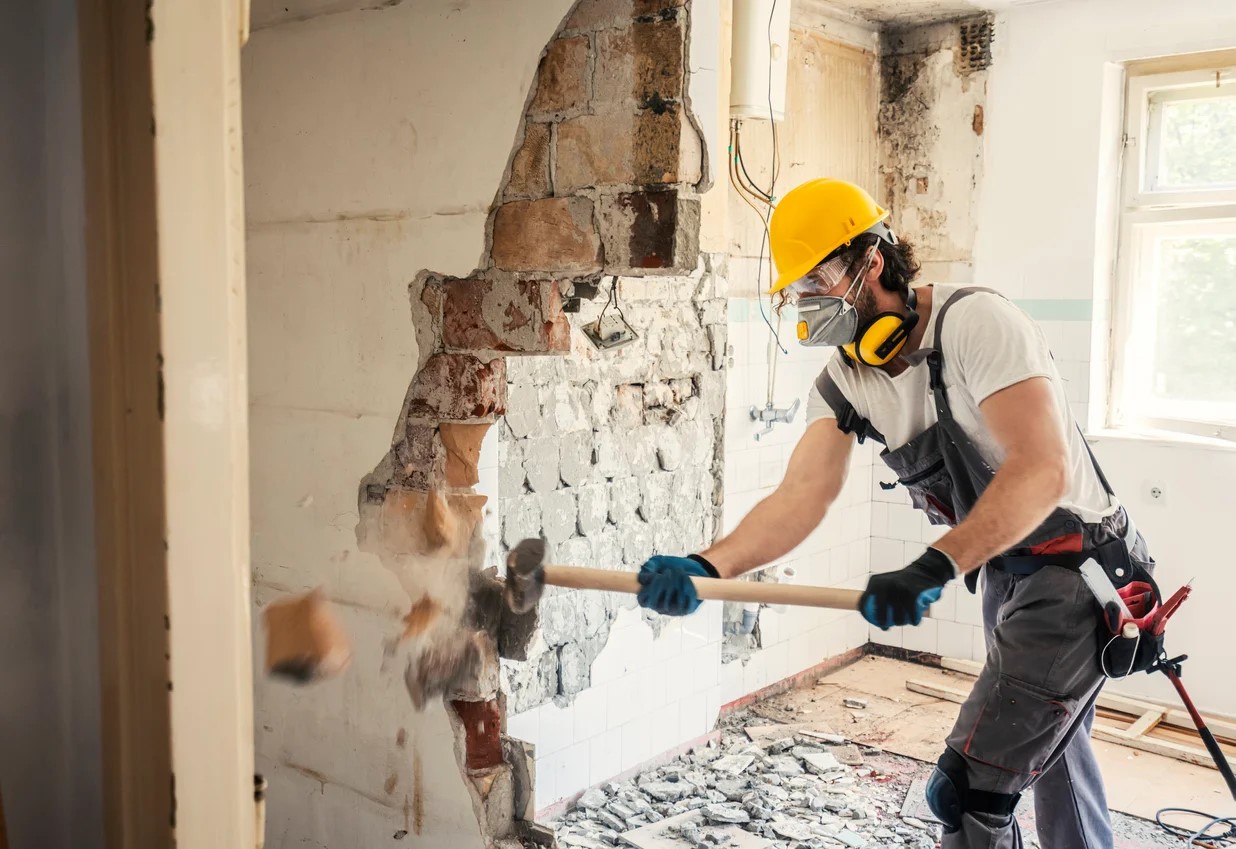




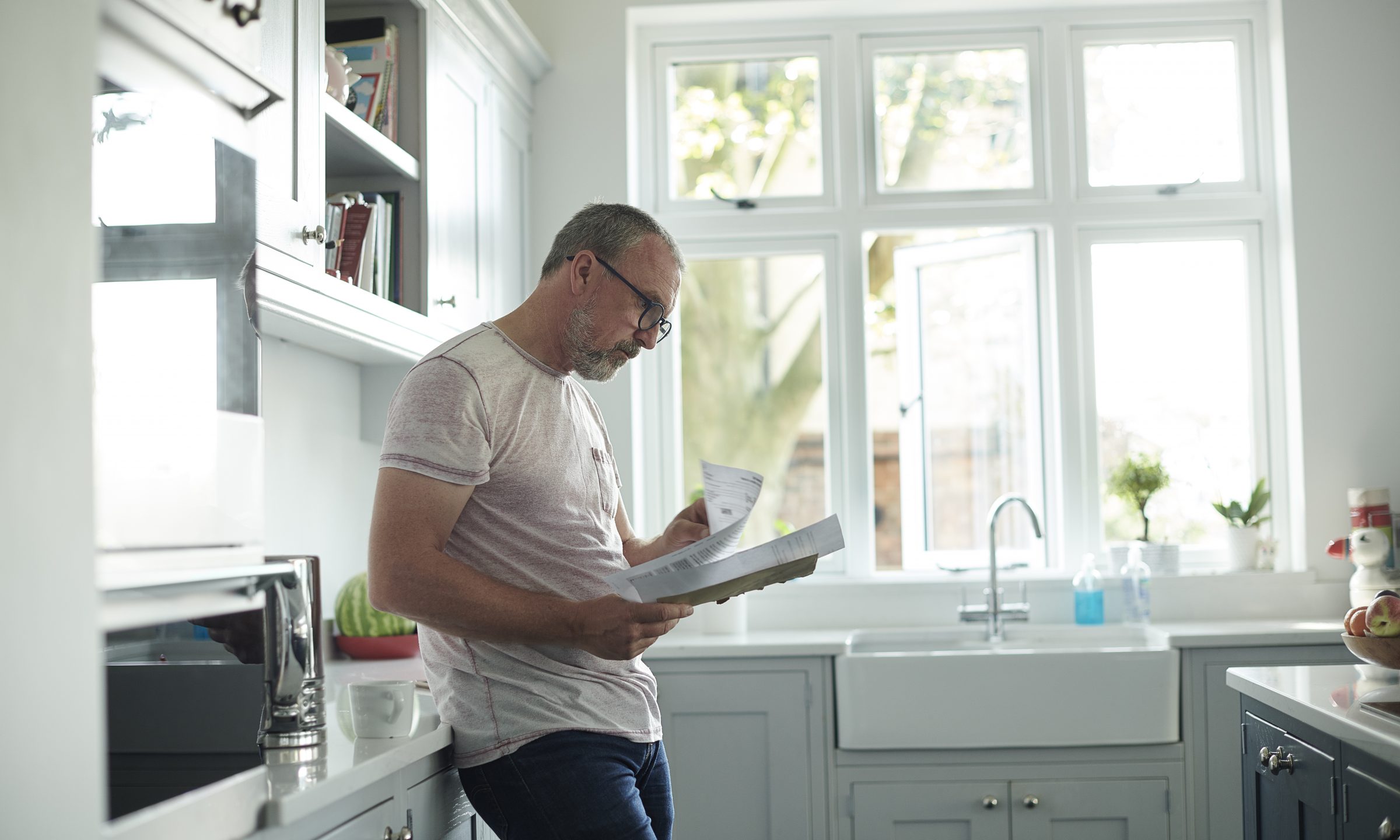
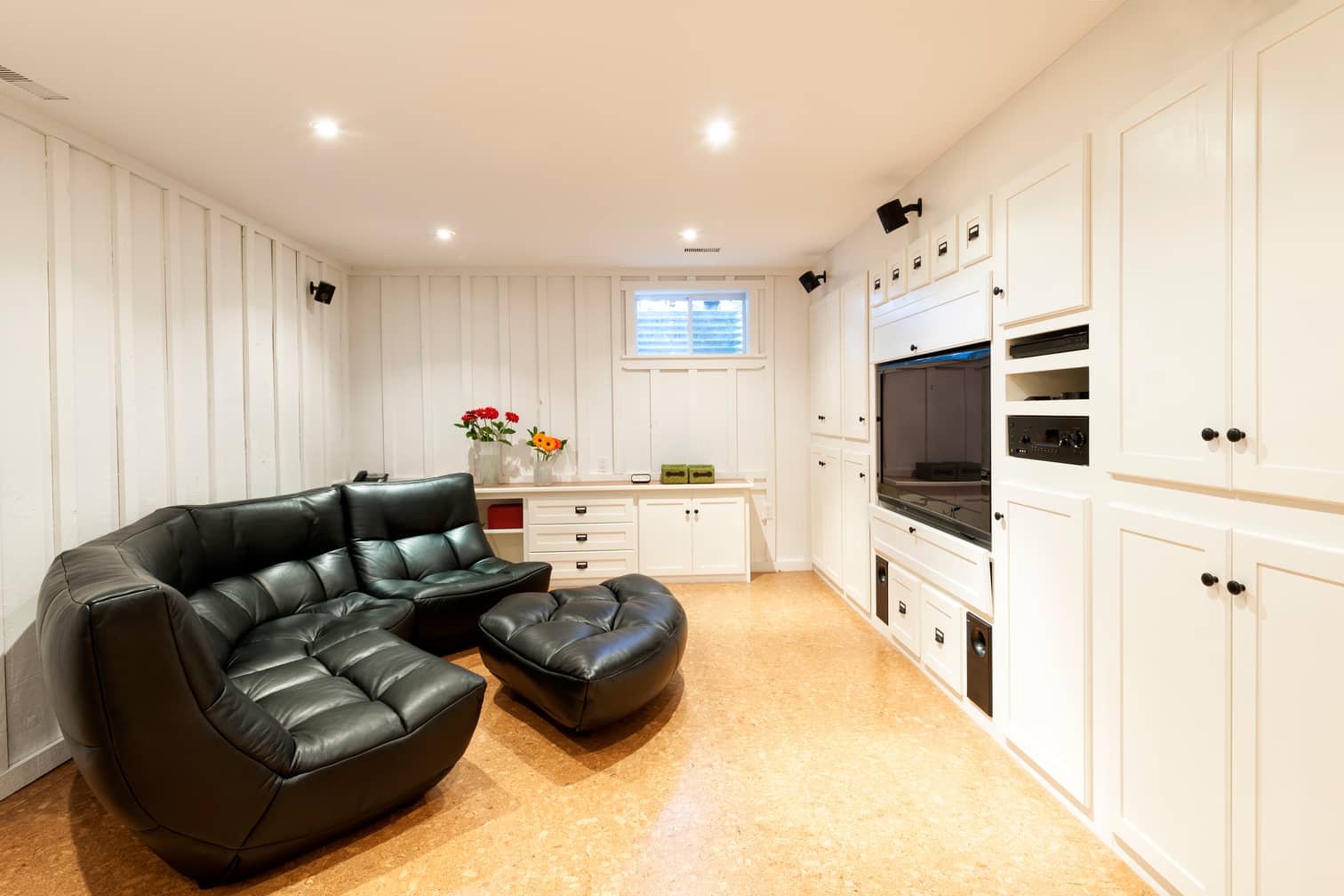
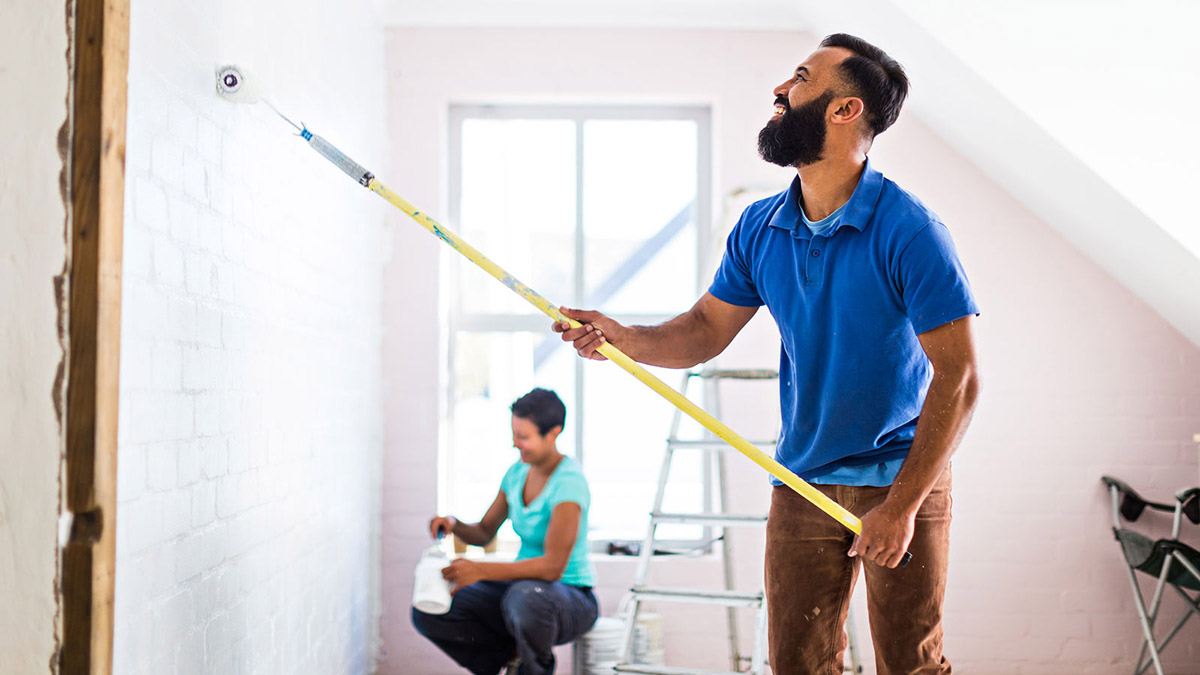


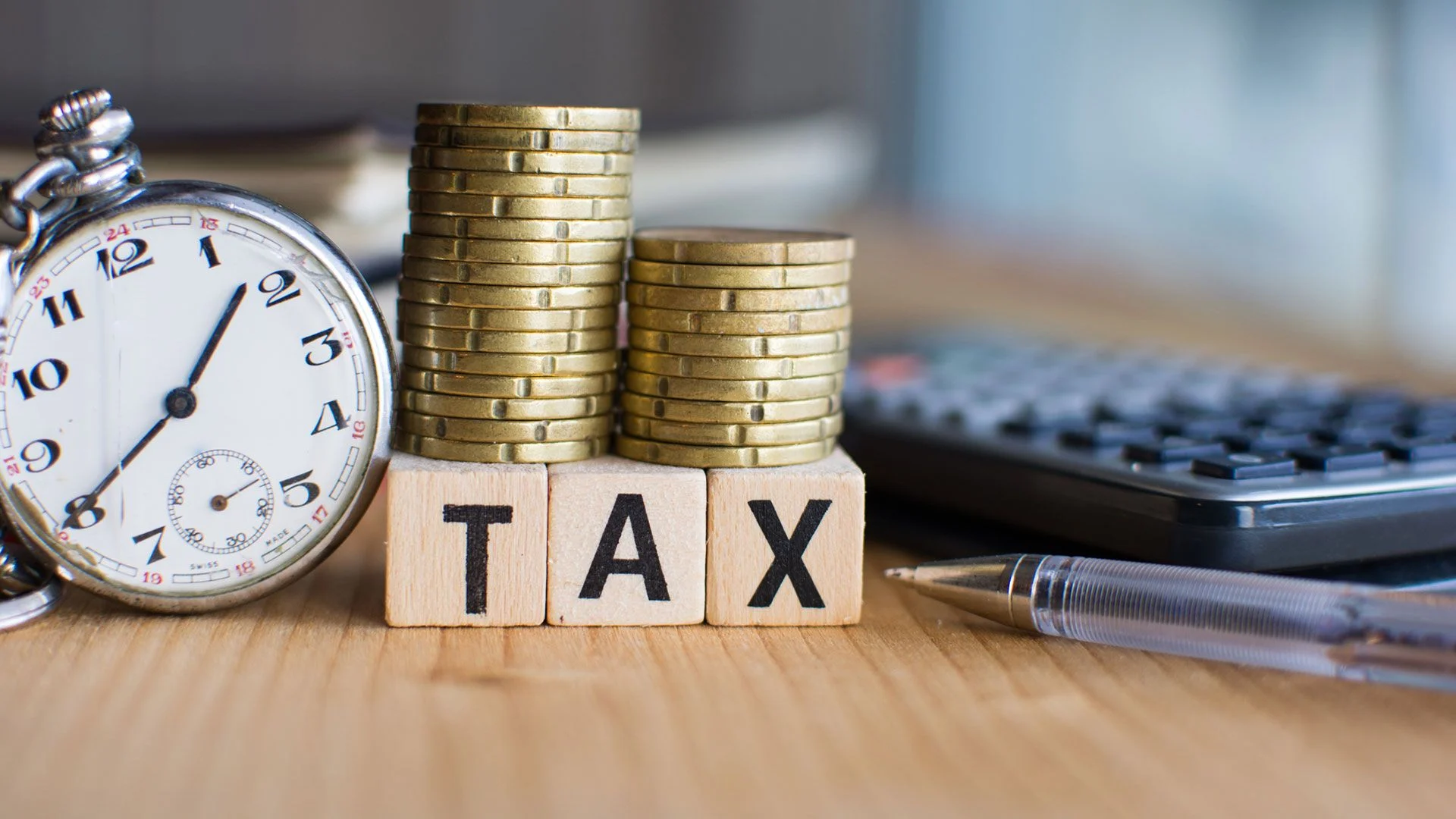
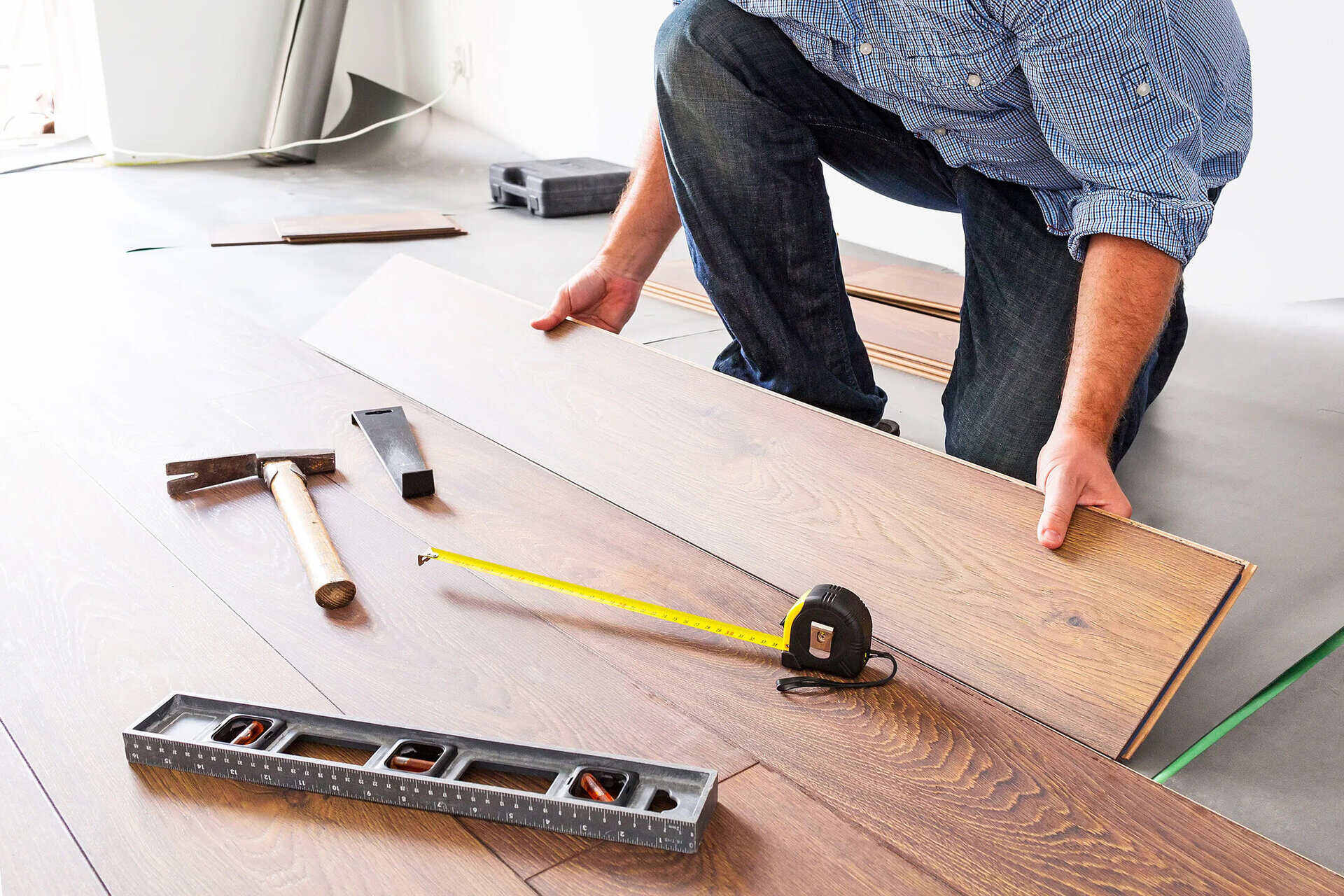


0 thoughts on “What Counts As Home Improvement For Tax Purposes”